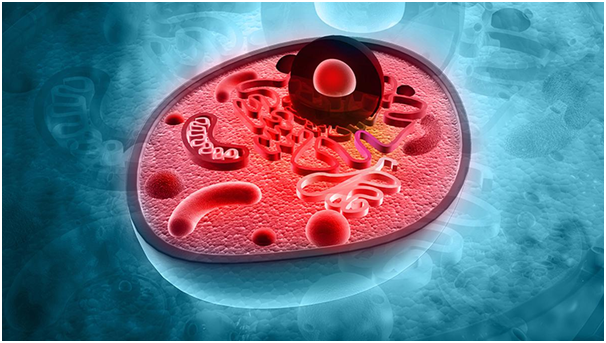Mitochondrial Donation Treatment
Context: The announcement that a baby was born using three persons’ DNA in the UK caused the stir. The baby has three parents, technically, deriving the mitochondria from a donor apart from genetic material (DNA) from biological parents. Pioneering technology was used to facilitate this, in order to prevent the child from inheriting the mother’s mitochondrial disease.
What is mitochondrial disease?
- The baby carries most of its DNA from its parents, and a minor percent from the donor, whose mitochondria has been used while fertilising the egg.
- Mitochondria are basically the powerhouses of the cells, they generate the energy, and thus are also responsible for cell function in the human body.
- Certain defects might occur impacting on the way the mitochondria produces energy for the cells (Specially in the ‘energy-hungry’ tissues of the brain, nerves, muscles, kidneys, heart, liver), and thereby impacting cell function.
- The diseases that arise out of such mitochondrial mutations are called mitochondrial diseases.
- When the mitochondria are impaired and do not produce sufficient energy, that affects how the organs function, leading to a broad assortment of symptoms across the body, including brain damage, organ failure and muscle wastage.
- The symptoms get more and more debilitating as a child grows, and have no cure, but can be treated. Some estimates put the incidence of mitochondrial diseases as one in 5000 people.
What is the scientific process?
- Mitochondrial diseases are only passed on by the mother, and research has been attempting to find a way out of protecting the infant from inheriting the disease.
- Here, through an advanced In Vitro Fertilisation technique developed and refined by the Newcastle Fertility Clinic, the baby’s biological father’s sperm was used to fertilise the eggs from the biological mother, who has a mitochondrial disease, and a third, female donor with clear mitochondria, separately.
- Then, the nuclear genetic material from the donor’s egg is removed and replaced with the genetic material from the biological parents’.
- The final product – the egg – which has the genetic material (DNA) from the parents, and the mitochondria from the female donor, is implanted in the uterus, and carried to full term to yield a baby who will be free from the mother’s mitochondrial disease. This process is termed Mitochondrial Donation Treatment (MDT).
Are there any side effects to the procedure?
- sometimes it is possible that a small amount of the maternal mitochondria with errors may get passed on during the procedure.
- While largely helpful, the procedure is not without these minimal risks. As for the process, they use terms such as reversion or reversal and it’s inexplicable as of now.
| Practice Question
1. What is mitochondrial DNA Process? Are there any side effects to the procedure? |




